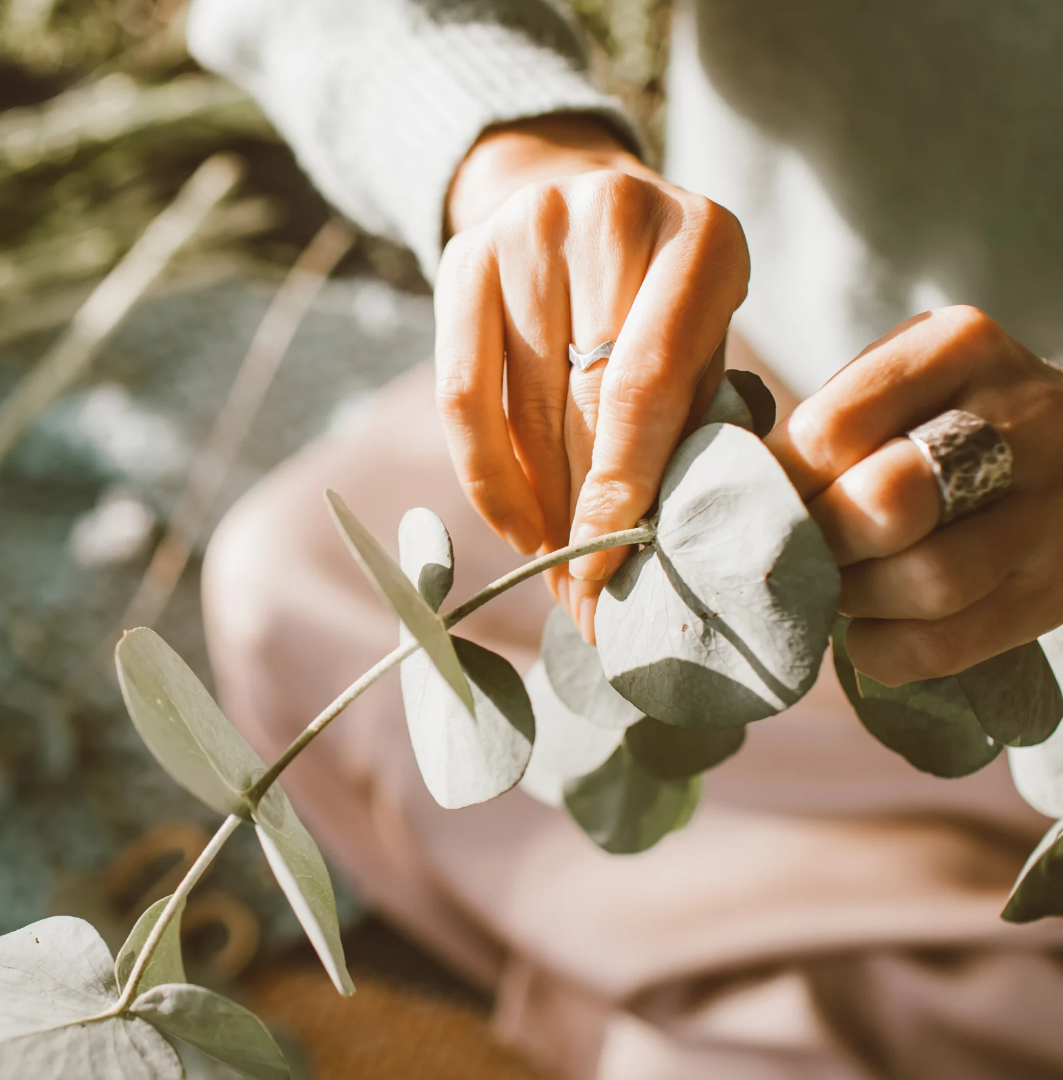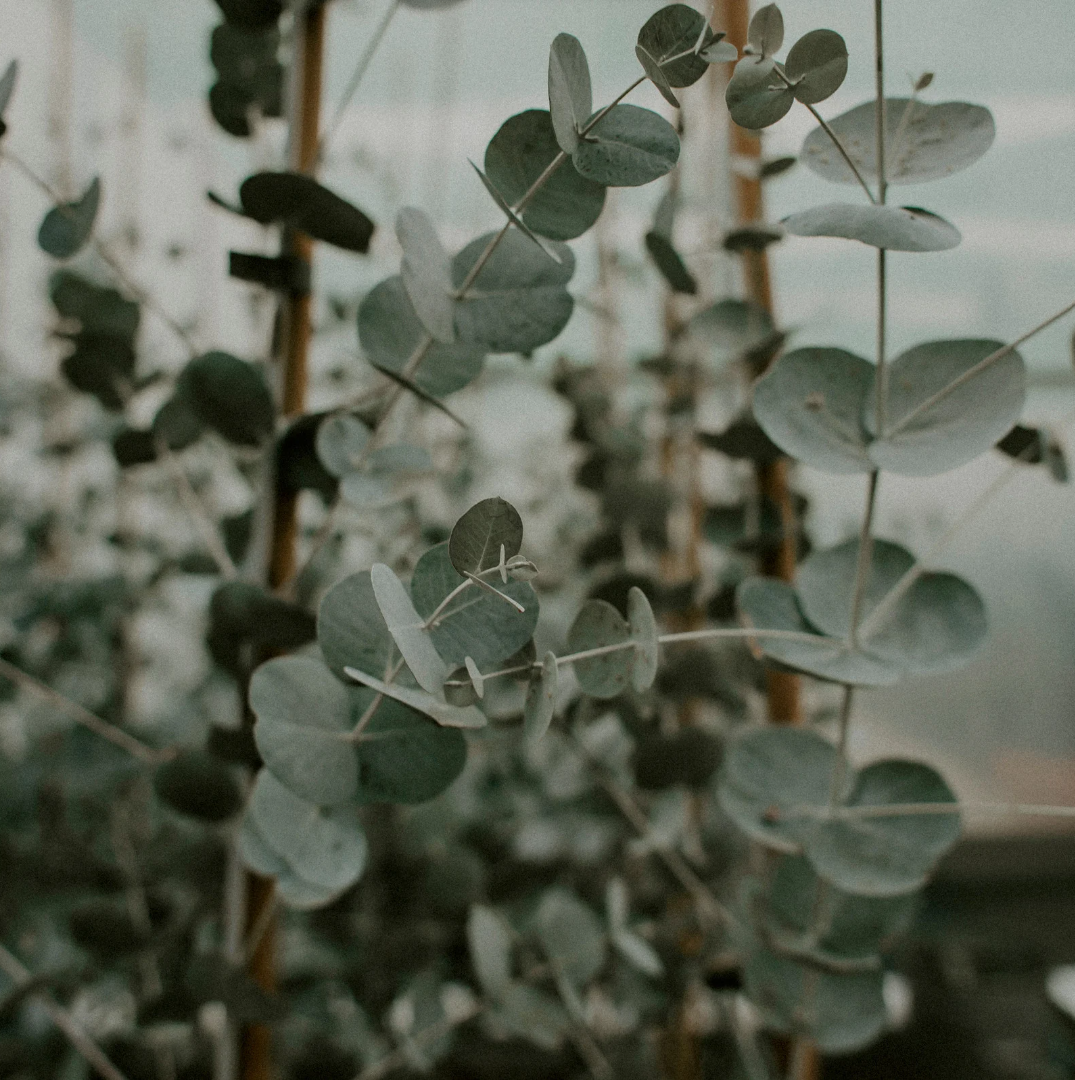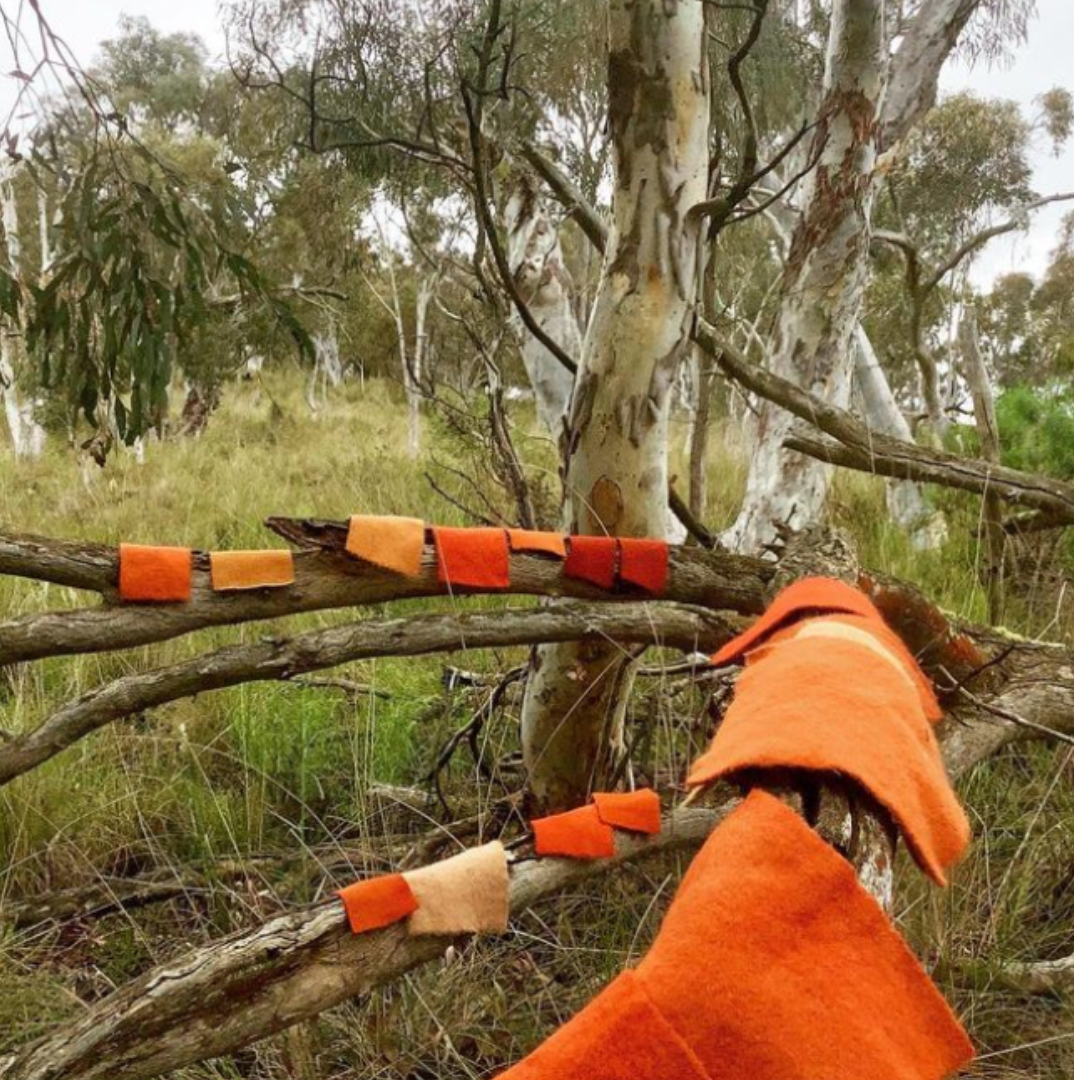I love creating unique and stunning variations in colour using natural products.
One of my favourites is definitely the many hues you can create by dyeing with eucalyptus. You’ll be surprised at the gorgeous colours you’ll get when you dye a piece of fabric using eucalyptus. The earthy hues it produces ignite my love for Mother Nature even more.
This article will highlight the beauty of the eucalyptus plant, the colours it can create and how you can dye fabric with it.
Bring shades of yellow, orange, red and brown into your clothing, perfectly capturing those colours in fallen leaves or out in a field, all with the use of one magical plant.

Where does eucalyptus come from?
Eucalyptus is native to Australia with about 12 of the many species found in the warmer regions of Europe. Eucalyptus is a fast-growing tree often planted in gardens, parks and plantations.
It has become common in woodlands and roadsides in southeast and lowland England, and some species occasionally regenerate from seeds in the UK.

Is eucalyptus a tannin source?
Tannins are complex chemical substances derived from phenolic acids (sometimes called tannic acid). They are classified as phenolic compounds, which are found in many species of plants from all climates and all parts of the globe.
Eucalyptus is rich in tannins, which is great news for natural dyers because tannins are some of the most reliable colour compounds!. Eucalyptus are considered substantive dyes, so they don’t need a mordant to adhere to the fabric.
Best fabrics for dyeing with eucalyptus leaves
Fibres rich in protein like wool and silk absorb eucalyptus dye very easily. Each fabric type takes the eucalyptus in unique ways, so the same colour isn’t guaranteed.
Eucalyptus works beautifully on natural fibres, including plant-based ones because it is rich in tannins, but although mordanting is not necessary, as always, it’ll give you much better and longer-lasting results.
What colour will you get from eucalyptus?
When it comes to understanding how to dye with eucalyptus leaves, you need to know that there is an abundance of eucalyptus species, and depending on the one you use, you’ll get
a different colour ranging from yellows, oranges, rusty shades, reds and browns.
One of my favourite textile designers, Samorn Sanixay, works with eucalyptus often. Take a look at all of the different colours she’s created here.

Eco-printing with eucalyptus in a few steps
As I mentioned, dyeing with eucalyptus leaves is a fabulous natural dye experience and is perfect for eco-printing. Simply put, eco-printing is a form of natural dyeing where the colours from plants are transferred to paper or fabric via steaming or boiling.
For printing with eucalyptus leaves, you will need:
- Natural fibres (works for both protein and cellulose)
- Eucalyptus leaves from whatever variety you can find
- A dedicated dye pot you use just for dyeing. Don’t use it for cooking anymore! I prefer to use stainless steel, but you can use aluminium or unchipped enamel
- A dedicated wooden or stainless steel spoon used just for dyeing. Or any wooden stick.
- A container to soak your textiles in plain water before dyeing
- A wooden dowel, a copper rod or even a piece of PVC pipe that can fit inside your covered pot.
- Thick string or twine
How to begin dyeing with eucalyptus:
- Scour your fabric or just wash it really well with plenty of soap and hot water.
- Mordant your fabric. These two important steps are covered at length in my Living Colour with the Five Elements online natural dyeing workshop.
- If you dry your fabric after mordanting, soak it for at least half an hour in some water
- Squeeze out the fabric to remove excess water – the fabric should be damp but not soaking wet
- Fold in half and mark a halfway point
- Place eucalyptus leaves only on one half of your fabric
- Fold the other half over
- Roll your fabric around the wooden dowel, copper rod or piece of pipe
- Bind your roll tightly using your thick string or twine, covering as much of the fabric as possible
- Put a small amount of water in your pot, and add your fabric roll so that it stands inside the pot and is not submerged in the water and steam for 2 hours. Make sure to top up the water at the bottom if too much is evaporating, to ensure there’s a constant steam.
- Once the roll has cooled down, unbundle it, remove the eucalyptus leaves and lay it out to dry away from direct sunlight. Wool should be dried flat. Do not rinse straight away.
You could also create a natural dye using the eucalyptus if you want a more solid colouring. Take a look at how to do just that in that post.
If you’re struggling with understanding how to eco print with eucalyptus leaves, the natural dye process in general or if you’re interested in knowing more, I can teach you absolutely everything there is to know. There are some interesting tricks I can teach you about each unique dye.
Learn all about natural dyeing using only the best resources Nature has to offer with me by signing up to my detailed Living Colour with the Five Elements online course. Hope you love it as much as I do!